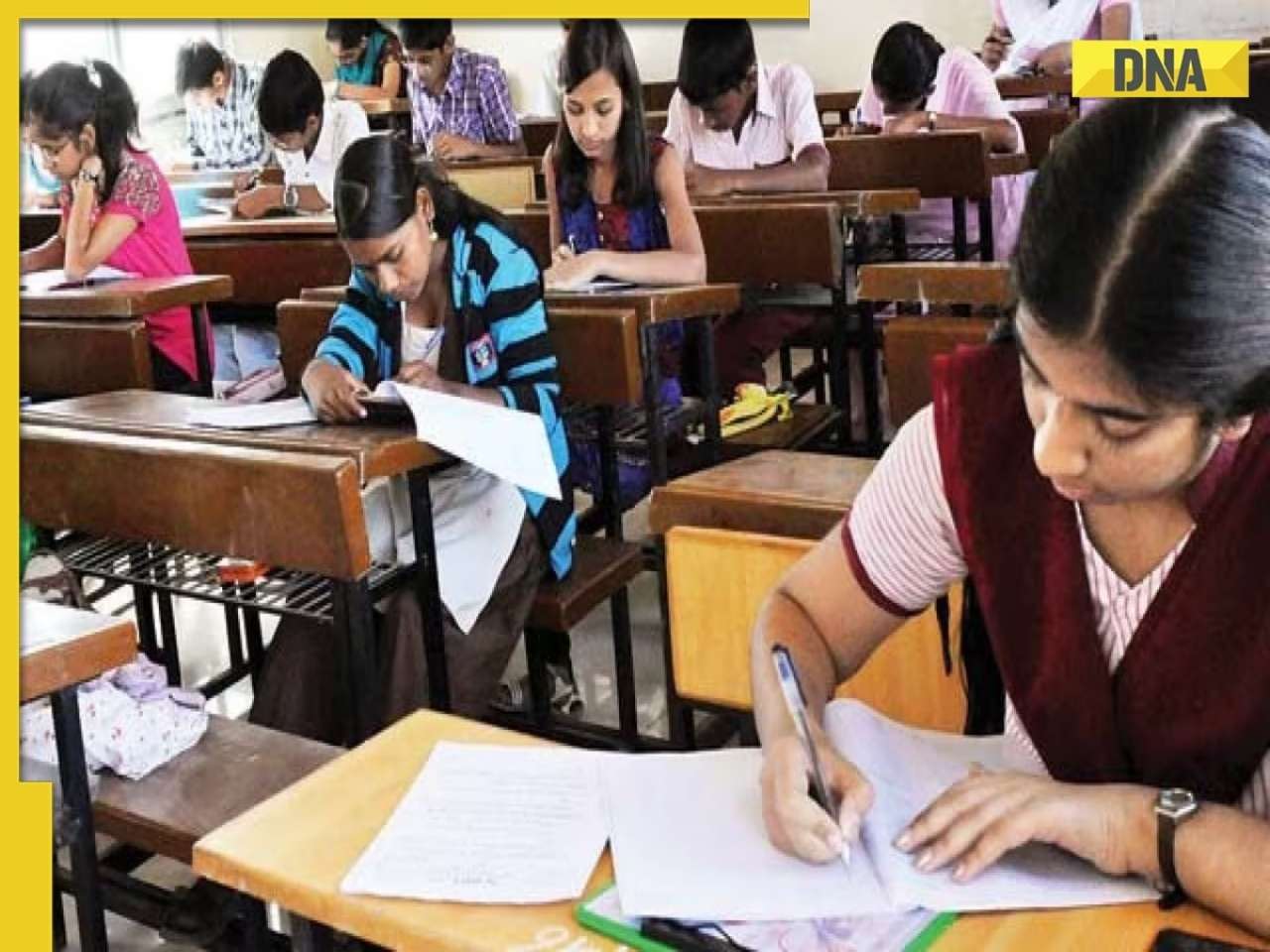
The India Skills Report, 2024, conducted a survey of lakhs of undergraduates and postgraduates, to measure their skill sets through a test of employability.
A recent survey has shown that only around half of India’s graduates are employable. This highlights a gap between the country’s fast growth, its large population of young people and the demands of its quickly changing job market.
The India Skills Report, 2024, conducted a survey of lakhs of undergraduates and postgraduates, to measure their skill sets through a test of employability. The data collected from about 150 companies across different sectors showed that only 51.25% of these students were considered fit for employment.
This is a positive sign, since the latest data reveals a significant rise from an employability rate of less than 34% in 2014. However, many economists argue that a large number of Indian universities still fail to prepare students with practical, real-world skills.
Having a degree alone is not enough to secure a job, because being job-ready depends heavily on developing practical skills and gaining hands-on experience through apprenticeships. Additionally, a large number of engineering graduates are not prepared to meet industry requirements, according to a report by DW media outlet.
Shortage of Doctors & Nurses
The media highlighted India’s healthcare challenges, focussing on the struggle to fill positions for doctors and nurses, especially in rural health centres. Despite having a significant number of trained professionals, there remains a serious shortage of specialist doctors in these areas, a problem that has not only persisted, but also worsened over time.
A survey revealed that, by March 2023, only 4,413 specialist doctors were working at community health centres, even though nearly 22,000 were required. Current training programmes often fail to equip graduates with practical skills needed for the healthcare system or address the specific needs of local communities, the report explained. This leads to inefficient use of resources and an uneven distribution of the healthcare workforce.
High Hopes of Corporate Jobs
According to this year’s India Employment Report, a significant portion of the country’s unemployed workforce—about 83%—consists of young people aged 15 to 29. Interestingly, nearly two-thirds of those unemployed in India in 2022 were both young and educated, having completed secondary education or higher. This could partly be because highly skilled young people are waiting for high-status jobs. Their aspirations for white-collar jobs delay educated youth from joining the job market sooner.
Education System Needs Reform
The media report highlights that the government has not invested enough in health and education and has yet to fully acknowledge their vital importance in improving the country’s overall development. The education system has its flaws, and fixing them should be our priority. While India produces 50,000 world-class students, most move abroad and only a few remain here.
What the country truly needs is millions of skilled individuals. If India aims to become a hub of skills and technology, those in power must take a hard look at the reasons behind this situation.
India’s future is closely linked to the latest Annual Status of Education Report (ASER), which looks at important education trends, such as enrolment, learning levels and dropout rates. The survey of youths aged 14 to 18 found that 42% could not read simple English sentences and over half had difficulty solving basic division problems. The report also showed that, while over 96% of 14-year-olds were in school, only 67.4% were still attending by the age of 18, highlighting a high dropout rate among teenagers.
Prime Minister Narendra Modi has spoken about India becoming a global leader or ‘Vishwa Guru’ because of its large population and growing economy. However, DW report pointed out that this vision was not possible without making necessary changes.
‘Demographic Dividend’ Phase
Lakhs of young people join India’s workforce. With a median age of 28, the world’s most populous nation is approaching the ‘demographic dividend’ phase, a period when a large portion of the population is young and working, while the number of dependents—such as children, the elderly and the unemployed—is relatively small. This balance creates opportunities for economic growth, as more people are earning and contributing to the country’s coffers, while fewer need financial support, boosting productivity and development.
Some experts think that, for India to fully benefit from its large working-age population, it needs to ensure that education prepares students with the skills and knowledge that match the needs of the job market. This will help create better opportunities and improve the economy.
In the latest Budget, the government introduced important programmes focussed on apprenticeships to improve skill development and create job opportunities. These reforms aim to benefit 10 million young people over the next five years. The real challenge is not just fixing the current gap between skills and jobs, but also getting ready for future changes in the job market caused by new technologies and evolving economic demands. This means planning ahead to ensure that workers have the right skills for tomorrow’s needs.
Underemployment in Key Fields
The survey says millions of graduates, especially in the health and engineering fields, are underemployed and unable to fully use their skills and potential. In India, around 2.5 million medical students vie for only one lakh seats. One can imagine the immense pressure they face. But what happens to those who do not make it? India needs a system to track training results in real time to better match available jobs with the skills of the workforce.
(The author of this article is a Defence, Aerospace & Political Analyst based in Bengaluru. He is also Director of ADD Engineering Components, India, Pvt. Ltd, a subsidiary of ADD Engineering GmbH, Germany. You can reach him at: girishlinganna@gmail.com)
(Disclaimer: The views expressed above are the author’s own and do not reflect those of DNA)
